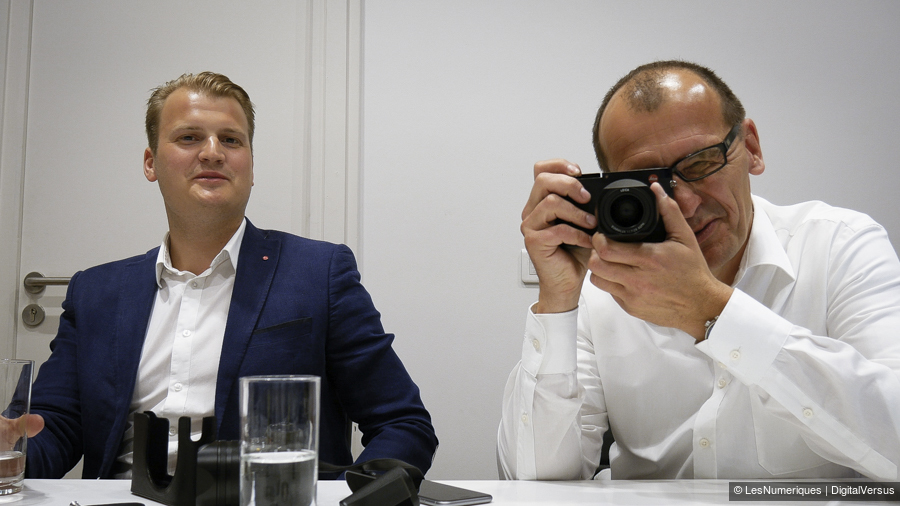
The Leica Q, unlike the X series models, is entirely assembled at the Wetzlar factory by German workers. It is thus a first for Leica in the compact market. Confirmation came in an interview with designer Vincent Laine and Peter Kruschewski, head of the Compact Cameras division, in an article published in DigitalVersus on July 18. According to the article:
It won’t have escaped your notice that, apart from the Sony RX1 (and RX1R), the Leica Q is only the second compact to have a 24x36mm sensor. Although starting out with a clean slate, Leica’s engineers and designers wanted to ensure that the Leica Q was “a genuine tool that photographers could use and control with ease”, and that’s why they incorporated “as many direct manual controls as possible”. Vincent Laine openly admits that, stylistically, there’s nothing new about the Q; everything was already present on the M. His main work involved “removing any unnecessary controls and getting rid of any pointless fixtures”; he preferred to remove material rather than add it, for example opting to give the Q an indented thumb rest. After all, Leica’s slogan is “Das Wesentliche”, which translates more or less as “The Essentials”. It’s precisely this less-is-more attitude that many Japanese manufacturers seem to be struggling to get their heads around at the moment.
